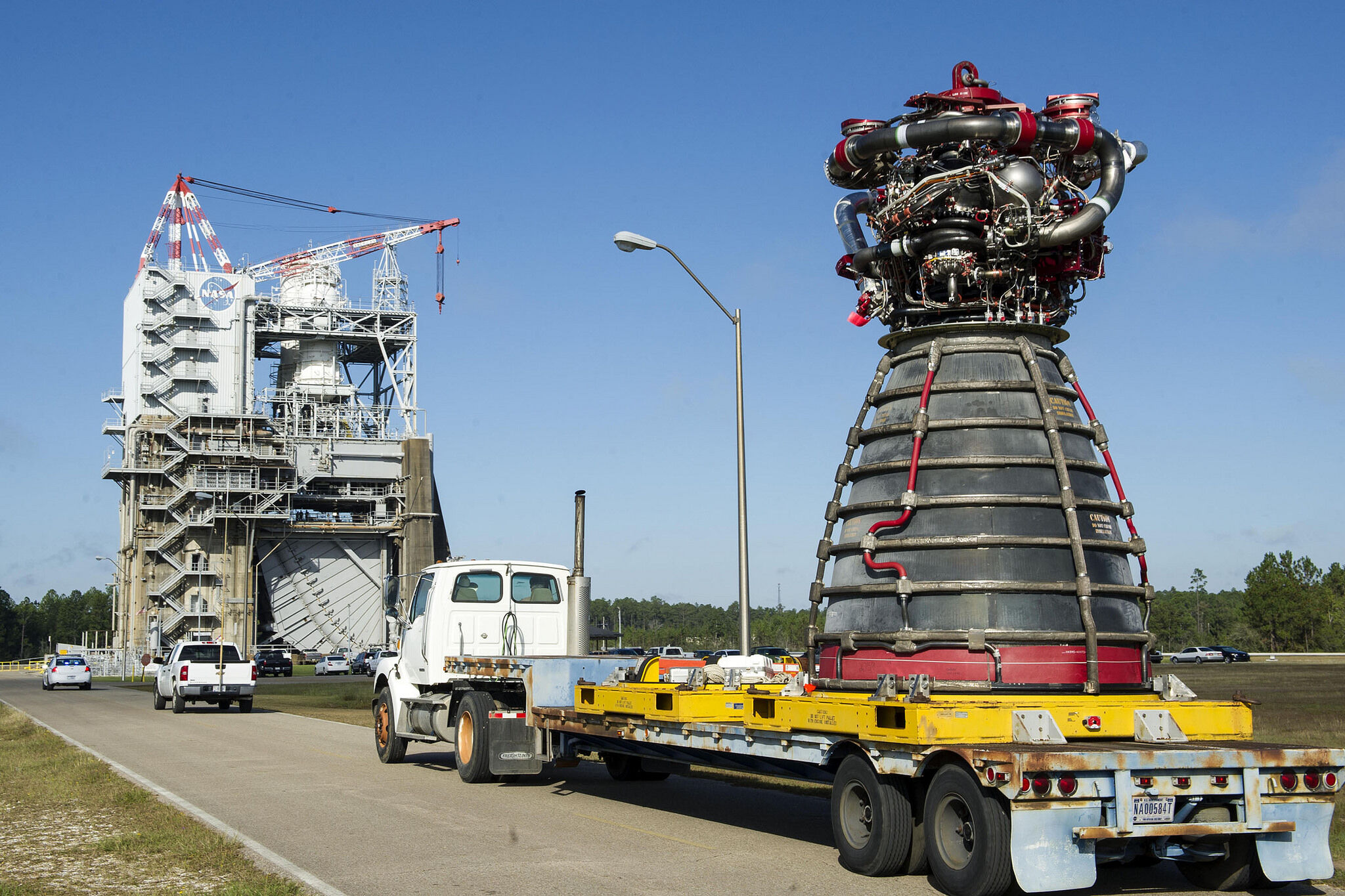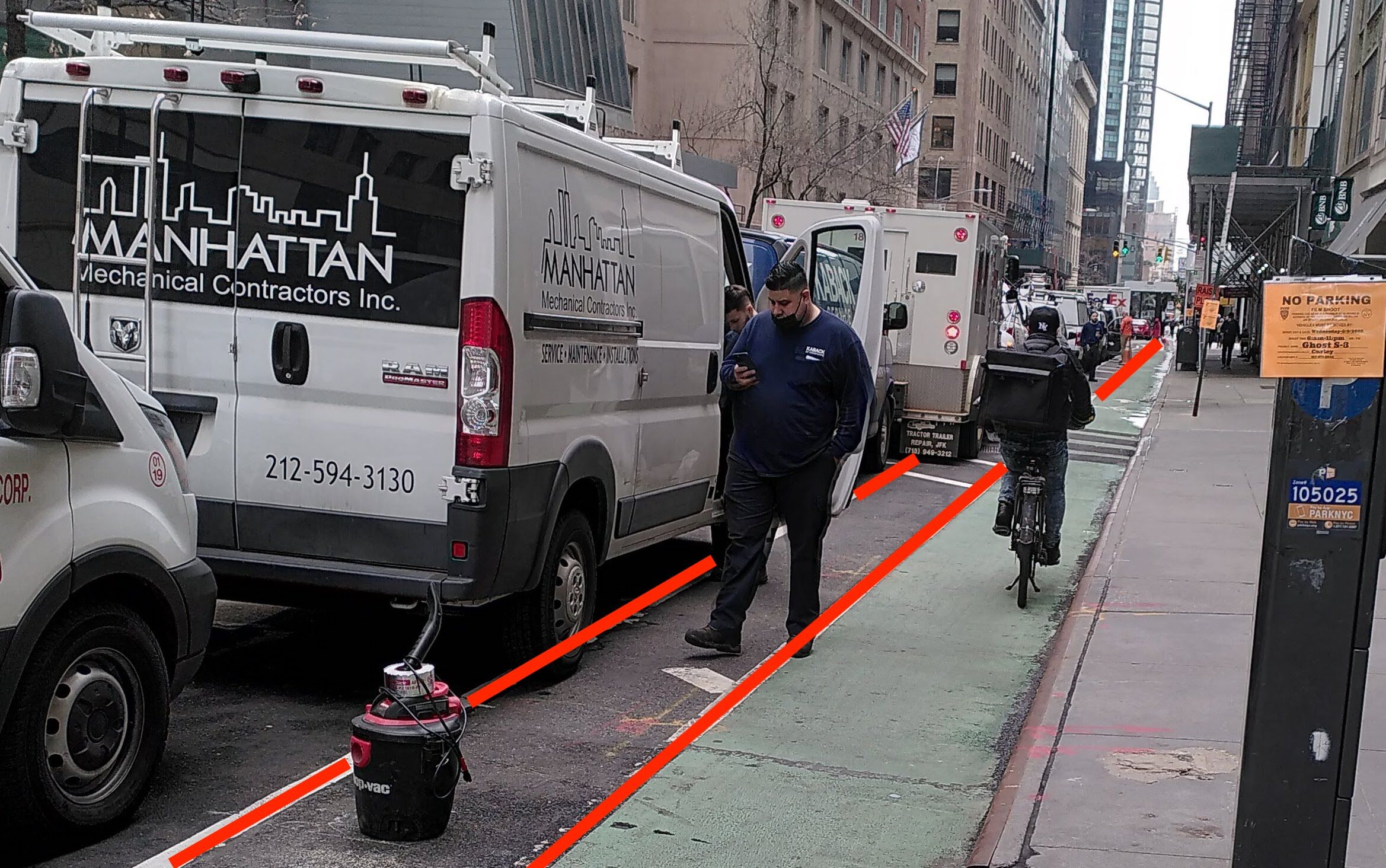You don’t save anything by moving to the cloud. Ask around – how many of the organizations you know who moved to the cloud have reduced operations headcount? Some things are simpler in the cloud, but many others are more complicated.
You enforce some good security practices because there is no way to NOT install the latest security patches. And you can quickly spin up an extra testing environment.
But unless you really have a highly variable load, or you are starting something new where you don’t have a clue how much power you’ll need, the cheapest option is to buy some hardware and put it in your server room.
The next time one of the vendors tells you how much you save by moving to the cloud, take a really good look at the calculation. I’ll be happy to help you. You will likely find out that there isn’t a business case for moving.








